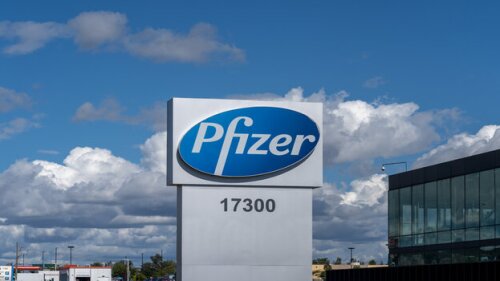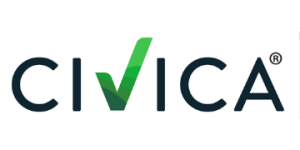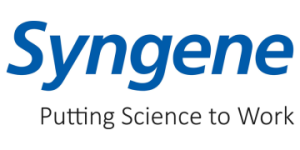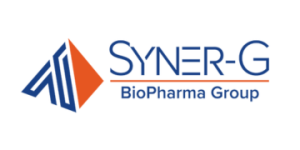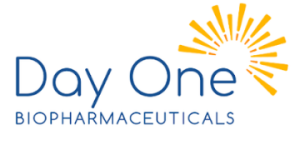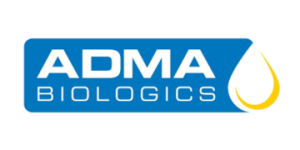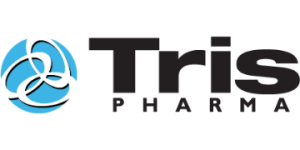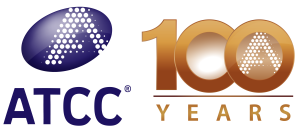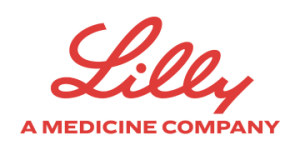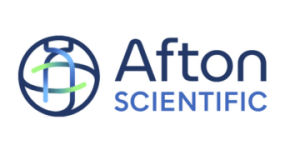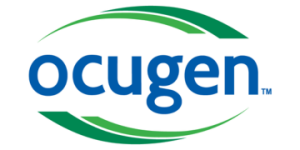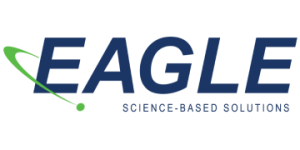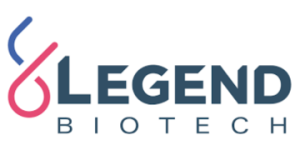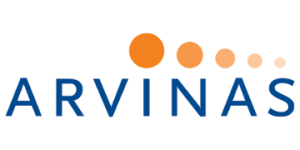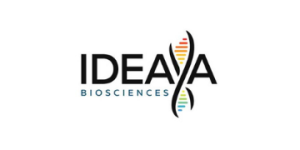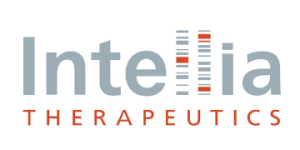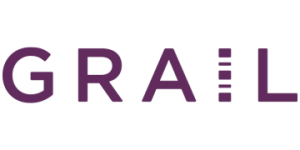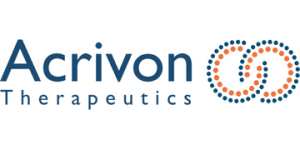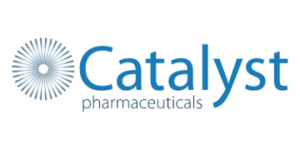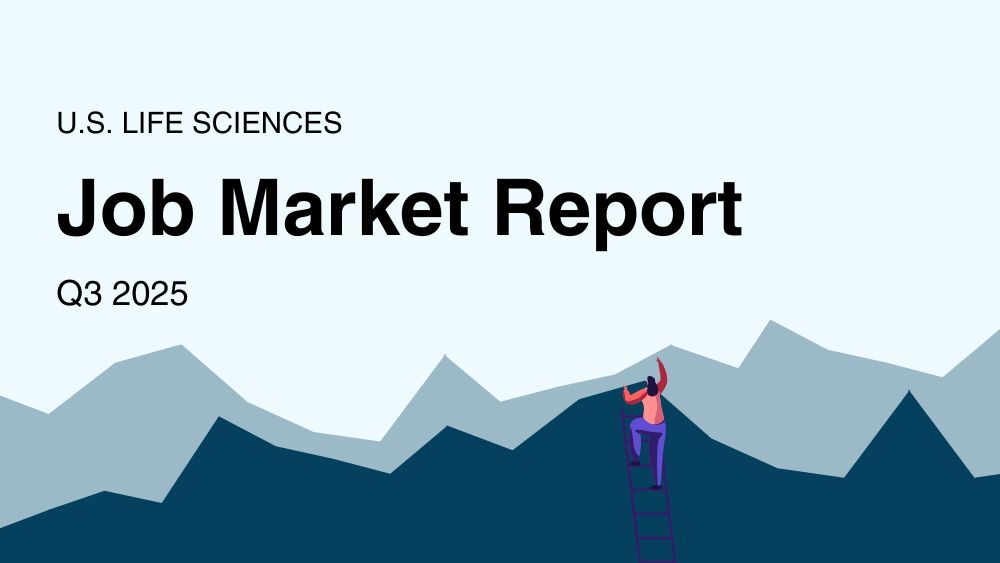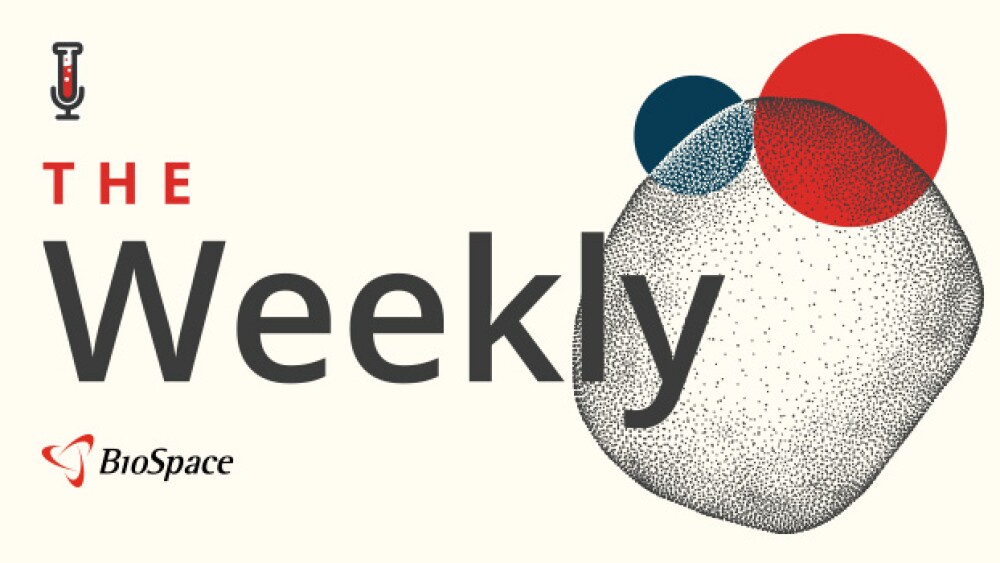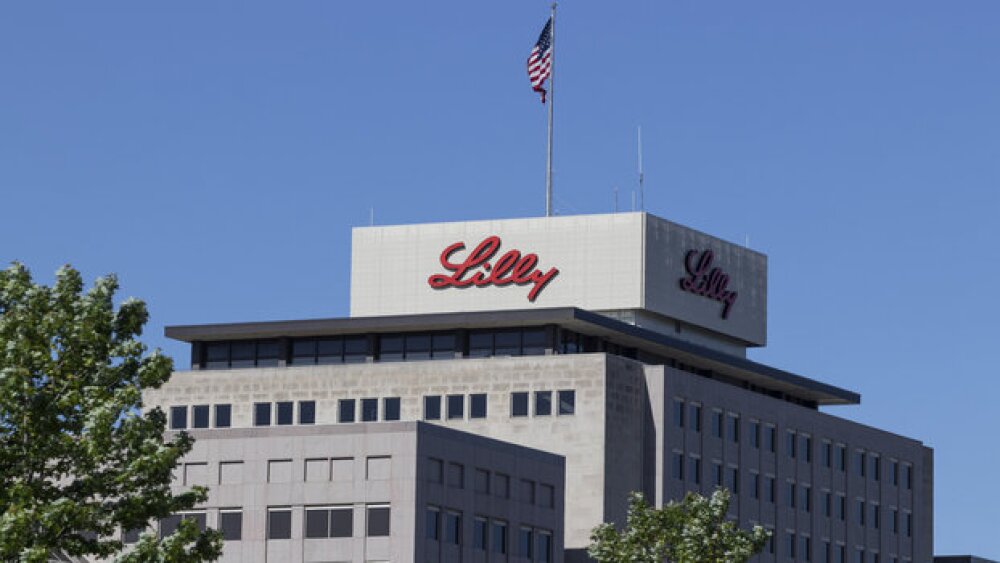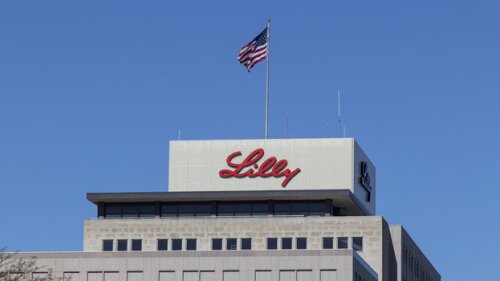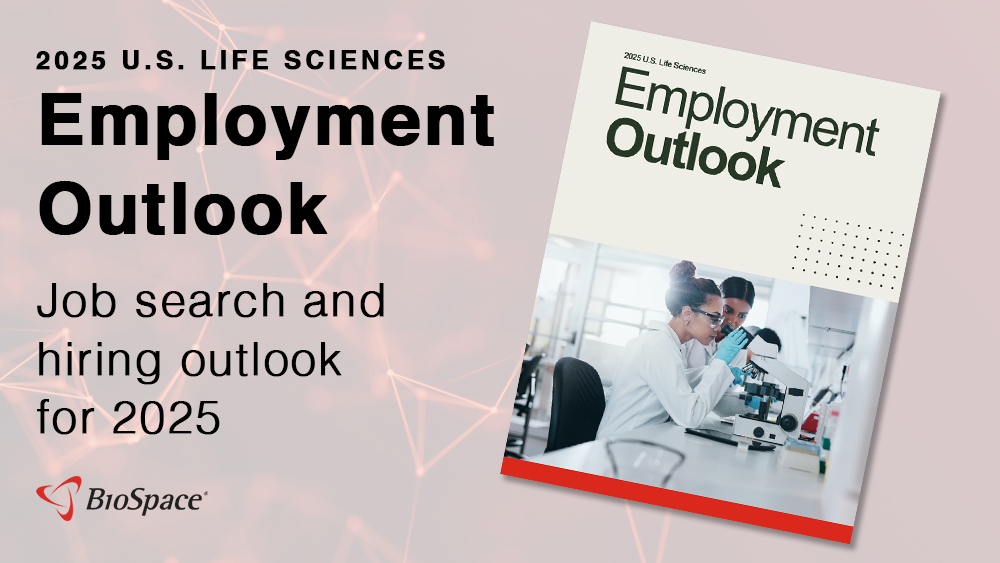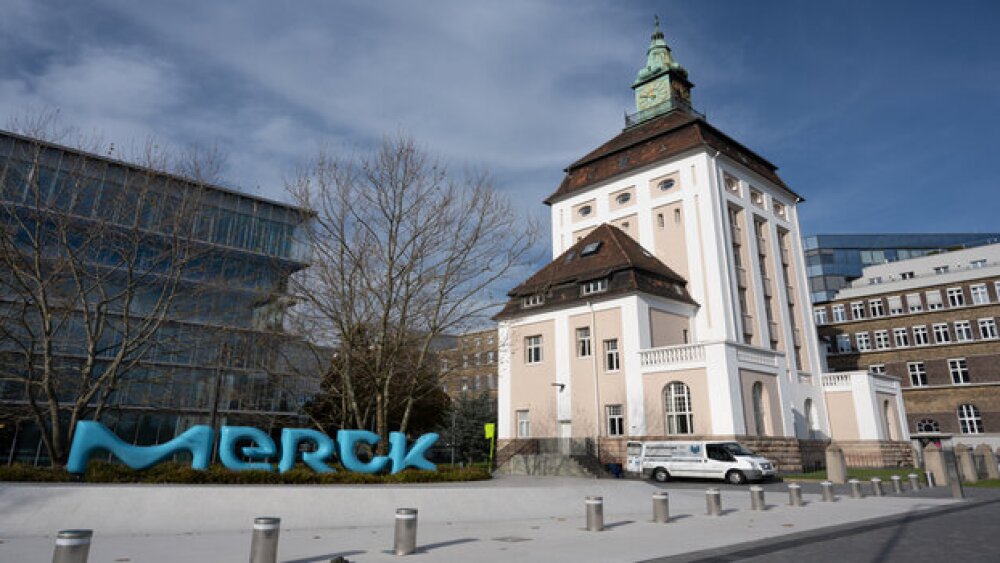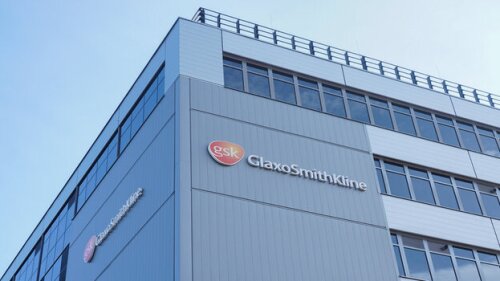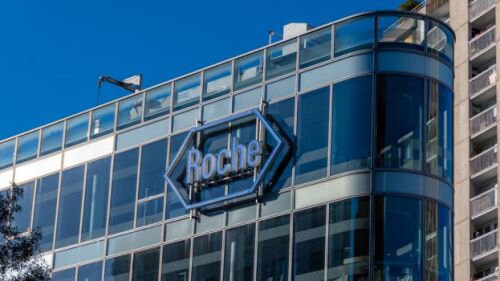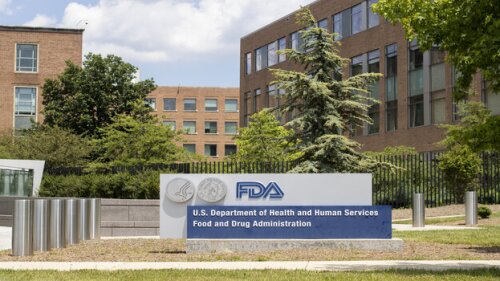A draft executive order obtained by The New York Times purports to clamp down on the pharmaceutical industry’s ability to buy new molecules from biotechs based in China, along with a number of other proposed reforms.
The biopharma job market remains challenging, based on BioSpace data. In August, job postings live on the website dropped 32% year over year. In addition, during the first eight months of 2025, over 26,000 people were laid off or projected to be laid off.
New York City has seen increased life sciences employment during the past decade as public funding and key projects like JLABS @ NYC have given the area a boost. A Partnership Fund for New York City executive discusses the city’s strengths and a notable challenge facing businesses.
Capsida has yet to disclose the exact cause of death. The patient had received the gene therapy CAP-002 for a type of epilepsy.
New draft guidelines suggest the FDA is open to exercising regulatory flexibility for non-opioid drugs being developed for chronic pain.
Analysts at BMO Capital Markets expect the lack of other exon-44-skiping therapies to facilitate a “smooth” approval process for Avidity’s del-zota.
FEATURED STORIES
With Keytruda, the best-selling drug in the world, facing the end of exclusivity in 2028, BioSpace looks at five drugs that have taken the leap off the patent cliff.
The explosion of GLP-1 weight loss drugs is reminiscent of the early days of PD-1 inhibitors, but key market differences suggest history may not repeat itself.
The ongoing conflicts between Ukraine and Russia, as well as Israel and Palestine, have sent ripples across various industries, including pharma. Medical science liaisons can help.
Mirador debuted last year with a massive $400 million and the goal of developing game-changing therapies for inflammatory and fibrotic diseases. The company aims to enter the clinic this year.
Having established success in cancer, biopharma is now looking to leverage CAR T therapies against a new target, autoimmune disorders, with several early- to mid-stage readouts expected this year.
As obesity drug developers compete for the highest weight-loss efficacy, experts contend that overall health outcomes—evidenced by successful studies in therapeutic areas like cardiovascular and sleep apnea—may prove a greater market advantage.
LATEST PODCASTS
This is the third episode of Denatured’s discussion on diversity, equity and inclusion. Here, our guests discuss imperatives around access and accountability.
Pfizer selects its candidate for the oral GLP-1 race as Eli Lilly strives to overtake Novo Nordisk in the injectable weight-loss drug space. Meanwhile, pressure builds to reduce drug prices in the U.S.
Eli Lilly becomes the latest to make a major investment in immunology and inflammation, while antibody-drug conjugate biopharma Myricx Bio nets a large Series A round and new research highlights the potential and possible risks of GLP-1s.
Job Trends
Nona Biosciences announced today that it has entered into a license agreement with AstraZeneca (LSE/STO/Nasdaq: AZN) for preclinical monoclonal antibodies that will be used to create targeted therapies in oncology.
Subscribe to Genepool
Subscribe to BioSpace’s flagship publication including top headlines, special editions and life sciences’ most important breaking news
SPECIAL EDITIONS
In this deep dive, BioSpace investigates China’s rise as a biotech powerhouse.
In this deep dive, BioSpace explores the next big thing in obesity.
BioSpace did a deep dive into biopharma female executives who navigated difficult markets to lead their companies to high-value exits.
DEALS
-
Under a multi-year agreement announced Wednesday, Eli Lilly will leverage Haya Therapeutics’ proprietary RNA-guided genome platform to identify drug targets to address the chronic conditions.
-
Not all licensing deals are successful. Here, BioSpace examines a few noteworthy assets that Big Pharma returned in the last 12 months.
-
Belgium-based biopharma UCB is selling its Chinese neurology and allergy business to Singapore asset management firm CBC Group and Abu Dhabi investment company Mubadala.
-
Venture capital in the sector hit $9.2 billion in the second quarter of 2024, up from $7.4 billion in Q1, while exits fell on a slower M&A cycle and picky IPO market.
-
M&A activity surges and IPOs return as the biotech industry navigates a changing business landscape marked by strategic consolidation and renewed investor focus on innovation.
WEIGHT LOSS
-
The discontinuation of STRIDES is a rare stumble for the next-generation obesity field and comes just weeks after Amgen announced underwhelming mid-stage data for MariTide.
-
Eli Lilly is aggressively ramping up its manufacturing capacity for tirzepatide as compounding pharmacies continue to challenge an FDA decision to formally end the shortage of the obesity and diabetes drug.
-
In recent months Novo Nordisk has invested several billions of dollars to boost its manufacturing capacity—including its highly contested $16.5 billion merger with CDMO giant Catalent.
-
The Danish startup, whose lead candidate has parallels to Amgen’s MariTide, launches on the heels of Amgen’s Phase II data release for the drug last week.
-
SURMOUNT-5’s results reflect those of multiple real-world studies, which have found that tirzepatide treatment results in stronger weight loss than semaglutide.
POLICY
-
The so-called ‘Most Favored Nations’ rule would set drug pricing for Medicare in line with the prices paid by other nations, where drugs can be much cheaper.
-
Such a change would put the U.S. more in line with guidance in other countries and with the World Health Organization, which recommends one dose for children and adolescents only if they have comorbidities.
-
In December 2024, the FDA affirmed that the shortage of tirzepatide, marketed as Zepbound for weight loss, had ended, formally barring compounders from producing their knockoff versions of the drug.
-
FDA Commissioner Marty Makary last week announced a directive that would limit industry participation in the agency’s advisory committees. But not only do company reps serve only as non-voting members, a 1997 law actually requires industry involvement.
-
Disruptive conditions are typical in non-Western markets. The U.S. industry, thrown into a period of significant change as the Trump administration overhauls HHS and considers implementing tariffs, could learn a thing or two by looking overseas.
With more and more people applying for remote positions, how can you stand out among the massive stacks of applications?
Working from home can cause burnout and stress. The stress caused leads to low performance sometimes. Here are nine ways to prevent work from home burnout.
It’s no secret that employers ask tricky interview questions. But what do you do if you find yourself fumbling for words to answer these tricky questions?
Following up after an interview can be essential to help you gain peace of mind and reinforce your interest. Here’s how to improve follow up after interview.
Instead of letting LinkedIn slide to the bottom of your to-do list day after day, dedicate some time to it. Here’s what you need to add to your LinkedIn post.
Deciding on when to switch your job can be a difficult decision to make.
HOTBEDS
REPORTS
In this Employment Outlook report, BioSpace explores current workforce sentiment, job activity trends and the prospective job and hiring outlook for 2025, particularly as it compares to the previous year.
BioSpace’s third report on diversity, equity, inclusion and belonging in life sciences examines dramatic shifts in attitude around diversity initiatives.
CANCER
-
Following an initial report from Reuters, Merck KGaA confirmed that it is in talks with SpringWorks for a potential acquisition, though details of its offer have yet to be revealed.
-
Eli Lilly inked two collaborations on Monday, one focused on cardiometabolic diseases with South Korea’s OliX Pharmaceuticals and another for cancer therapies with Australia’s AdvanCell.
-
Adding a new indication for the CAR T cell therapy could help BMS offset the loss-of-exclusivity headwinds it faces in the coming years.
-
Kuro Oncology and partner Kyowa Kirin are on track for an NDA submission for ziftomenib in the second quarter of this year.
-
Despite significant dips in its vaccines sales, the British pharma narrowly beat consensus estimates for Q4 2024 and raised 2031 sales projections to just over $50 billion.
NEUROSCIENCE
-
In a highly anticipated readout for the kappa opioid receptor class in major depressive disorder, Neumora’s navacaprant failed to meet the primary and key secondary endpoint in the first of three identical Phase III studies.
-
This year saw lofty highs and devastating lows for neuroscience drug developers like Bristol Myers Squibb, Eli Lilly and AbbVie, following the predictable pattern of successes and failures that characterizes this space.
-
Already established as cornerstone therapies in diabetes and obesity, GLP-1 receptor agonists also show potential in several other indications, including cancer, addiction and neurodegenerative diseases.
-
BioArctic received $100 million upfront with another $1.25 billion in potential milestone payments on the line for two pyroglutamate-amyloid-beta antibodies.
-
The report comes just two days after Novartis announced its own Parkinson’s drug failure.
CELL AND GENE THERAPY
-
BMS has so far been on a winning streak in the contingent value right cases, which allege that the pharma intentionally delayed regulatory activities for Breyanzi in order to avoid a $6.4 billion payout to Celgene shareholders.
-
Gilead’s layoffs include 72 employees at its Seattle location, which will close. Kite will shut down its Philadelphia facility. The layoffs are attributed to aligning resources with long-term strategic goals.
-
Allogene is ceasing enrollment in a Phase I trial of cema-cel for patients with relapsed or refractory chronic lymphocytic leukemia after Bristol Myers Squibb’s Breyanzi was approved in the indication earlier this year.
-
Following strong treatment response data for Adaptimmune’s lete-cel, the biotech is planning to initiate a rolling BLA submission to the FDA, set to start by the end of 2025.
-
The FDA has followed in the footsteps of its European counterparts and granted accelerated approval to PTC Therapeutics’ gene therapy Kebilidi for AADC deficiency. It is the first approved gene therapy to be delivered directly to the brain.



